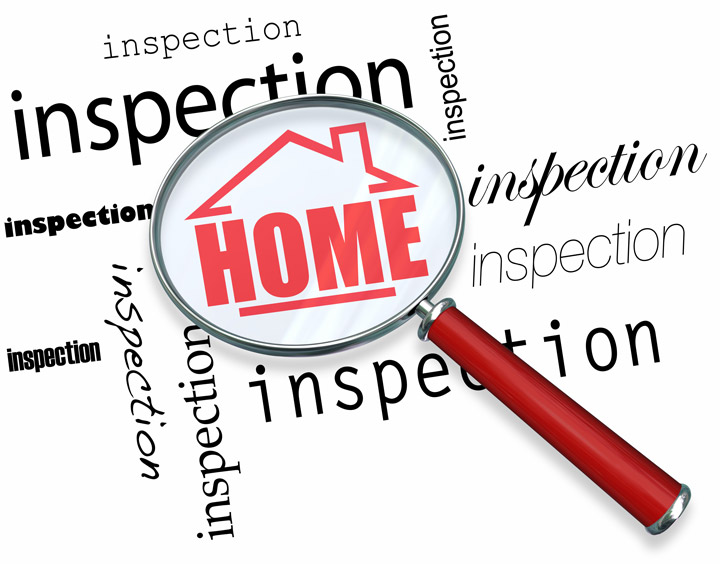
What Are the Parts of an Appraisal?Acquiring a home is the largest financial decision many could ever make. It doesn't matter if a main residence, a second vacation property or a rental fixer upper, purchasing real property is an involved financial transaction that requires multiple parties to see it through. Practically all the people participating are very familiar. The real estate agent is the most known entity in the transaction. Then, the lender provides the financial capital necessary to bankroll the deal. And ensuring all areas of the sale are completed and that the title is clear to pass to the buyer from the seller is the title company. So, what party makes sure the value of the real estate is consistent with the amount being paid? In comes the appraiser. We provide an unbiased opinion of what a buyer could expect to pay — or a seller receive — for a property, where both buyer and seller are informed parties. A licensed, certified, professional appraiser from Timothy Doody will ensure, you as an interested party, are informed. Inspecting the subject propertyTo determine an accurate status of the property, it's our responsibility to first conduct a thorough inspection. We must see features first hand, such as the number of bedrooms and bathrooms, the location, and so on, to ensure they truly are present and are in the condition a typical person would expect them to be. The inspection often includes a sketch of the property, ensuring the square footage is correct and conveying the layout of the property. Most importantly, we identify any obvious features - or defects - that would have an impact on the value of the property. After the inspection, an appraiser uses two or three approaches to determining the value of real property: a sales comparison, a replacement cost calculation, and an income approach when rental properties are prevalent. 
Replacement CostThis is where the appraiser gathers information on local construction costs, labor rates and other elements to determine how much it would cost to replace the property being appraised. This figure commonly sets the upper limit on what a property would sell for. It's also the least used method. 
Sales ComparisonAppraisers get to know the neighborhoods in which they appraise. They thoroughly understand the value of specific features to the residents of that area. Then, the appraiser looks up recent transactions in close proximity to the subject and finds properties which are 'comparable' to the property at hand. By assigning a dollar value to certain items such as fireplaces, room layout, appliance upgrades, extra bathrooms or bedrooms, or quality of construction, we adjust the comparable properties so that they more accurately match the features of subject property.
After all differences have been accounted for, the appraiser reconciles the adjusted sales prices of all the comps and then derives an opinion of what the subject could sell for. When it comes to valuing features of homes in Colorado Springs and El Paso, Timothy Doody is second to none. The sales comparison approach to value is typically awarded the most consideration when an appraisal is for a real estate purchase. Valuation Using the Income ApproachIn the case of income producing properties - rental houses for example - we may use a third method of valuing real estate. In this situation, the amount of income the property produces is taken into consideration along with income produced by similar properties to give an indicator of the current value. Arriving at a Value ConclusionCombining information from all applicable approaches, the appraiser is then ready to put down an estimated market value for the property at hand. The estimate of value on the appraisal report is not always what's being paid for the property even though it is likely the best indication of a property's valueThere are always mitigating factors such as the seller's desire to get out of the property, urgency or 'bidding wars' that may adjust an offer or listing price up or down. But the appraised value is often used as a guideline for lenders who don't want to loan a buyer more money than the property is actually worth. At the end of the day, an appraiser from Timothy Doody will help you get the most accurate property value, so you can make wise real estate decisions. |